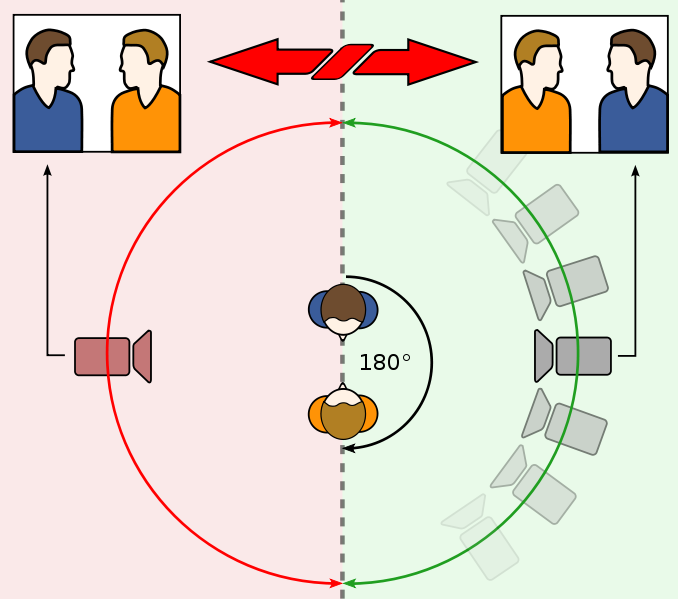Media Psychological Thriller Blog
Sunday, 27 March 2011
Monday, 21 March 2011
Alex Franck - Question 7
From looking at our preliminary task, I have learnt that it is a big step up in change of editing and making sure that every shot counts. There can not be any mistakes in our final product.
We used more sophisticated camera techniques in our final product than we did in our preliminary task. A tracking shot is a wheeled platform that is pushed on rails while the picture is being taken.

In our preliminary task we used the 180 degree rule in our shots. This is a basic guideline in film making that says that two characters (or other props) in the same scene should always have the same left/right relationship to each other. If the camera passes over the imaginary axis connecting the two subjects, it is called crossing the line. The new shot, from the opposite side, is known as a reverse angle.

We used more sophisticated camera techniques in our final product than we did in our preliminary task. A tracking shot is a wheeled platform that is pushed on rails while the picture is being taken.
In our preliminary task we used the 180 degree rule in our shots. This is a basic guideline in film making that says that two characters (or other props) in the same scene should always have the same left/right relationship to each other. If the camera passes over the imaginary axis connecting the two subjects, it is called crossing the line. The new shot, from the opposite side, is known as a reverse angle.

Alex Franck - Question 4
We decided to make our film a 15-18 certification product and to be for both male and females because they are representations of both sexes in out film sequence. Anyone in our selected age group would be able to understand the film but there are some parts that younger viewers may find distressing.

Alex Franck - Question 3
Lionsgate is the media institution that we chose as our product distributor. They are well known as producing and distributing Psycological thrller movies. So we decided that it would be our best choice for a distributor of our product.

Alex Franck - Question 2
Villain – We used a teacher to represent this group. He is ambiguous because he is wearing normal clothes and he does not portray villainous traits.
Femme Fetal – We used a school girl to represent this character. Using innocence.
Detective. A school boy is represented as the detective. The boy is dressed smartly, so the audience could maybe think that he was the detective.
In our opening sequence, it is hard for the viewer to know which personalities and traits that our characters are portrayed as having. They are ambiguous.
Femme Fetal – We used a school girl to represent this character. Using innocence.
Detective. A school boy is represented as the detective. The boy is dressed smartly, so the audience could maybe think that he was the detective.
In our opening sequence, it is hard for the viewer to know which personalities and traits that our characters are portrayed as having. They are ambiguous.
Subscribe to:
Comments (Atom)
